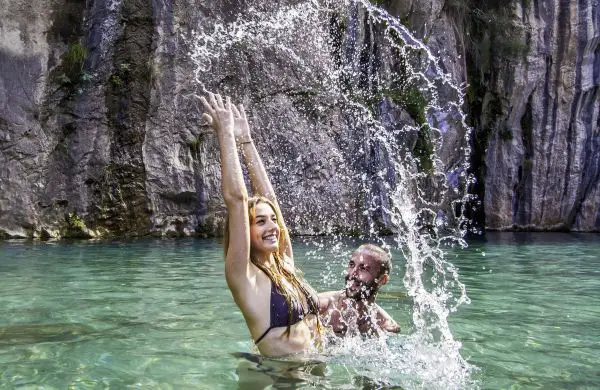For those looking to branch out into day trips, lots of wonderful opportunities are available. Here is a look at some of the best day trips from Valencia that are easy to get to and are definitely worth the time:
1. Port Saplaya
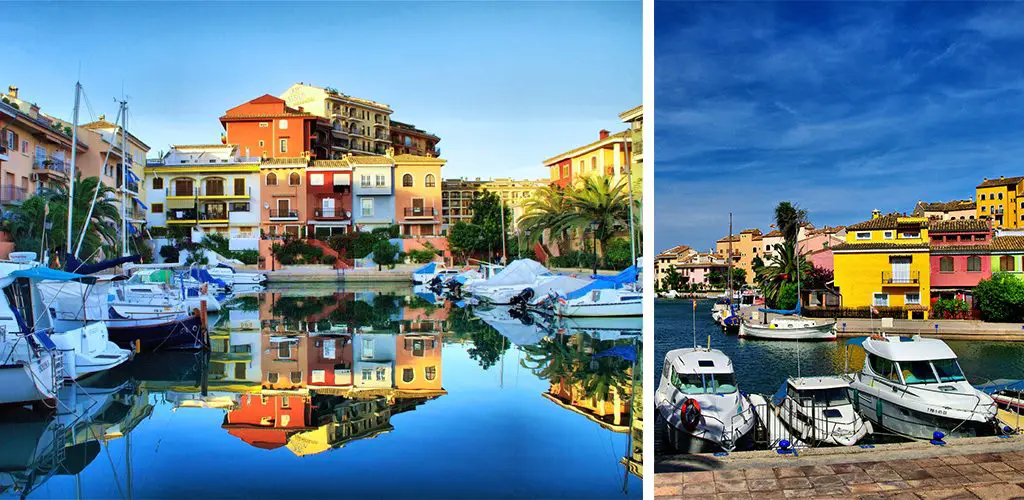
Port Saplaya
If you go to
Malvarossa Beach in Valencia and look north you’ll see the “Little Venice” of Valencia,
Port Saplaya, located about 5 km away. There you’ll find an unusual port enclosed by decorative apartments, which give it a quality reminiscent of that famous city on the water in Italy. Combine a stroll around the beautiful port with some excellent restaurants and ice-cream shops on the beach and discover one of the best places outside Valencia. This is a great trip to do from Valencia by bicycle.
2. The Caves of Saint Jose
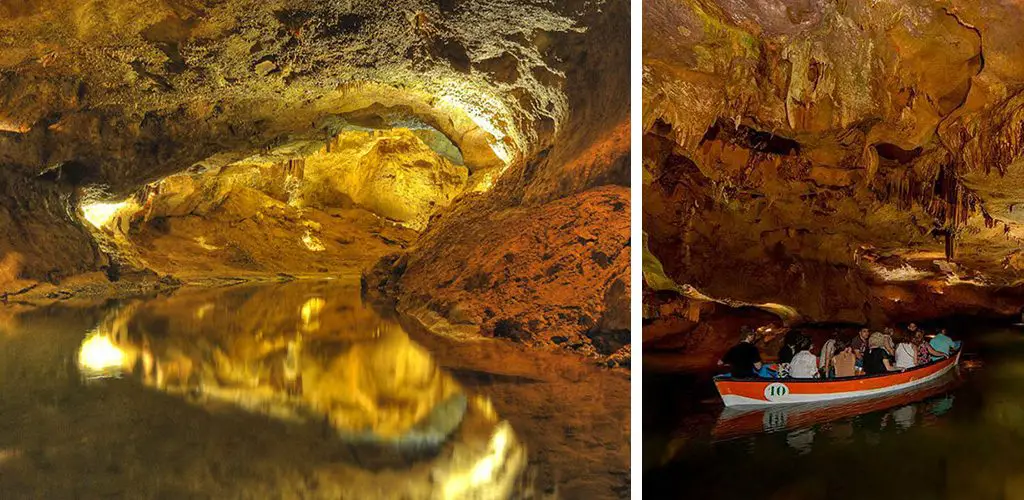
Saint Joseph’s Caves
One of the most famous attractions outside of Valencia is the
Caves of Saint Jose. Known since ancient times, these caves contain the longest navigable underground river in Europe! A visit to the caves includes an underground boat tour of the many spectacular galleries of the caves as well as a walk through passages filled with stalagmites and stalactites. The caves are about an hour from Valencia by road and would be a highlight of any trip to Spain. Book tickets in advance to avoid line-ups.
3. Sagunto Castle
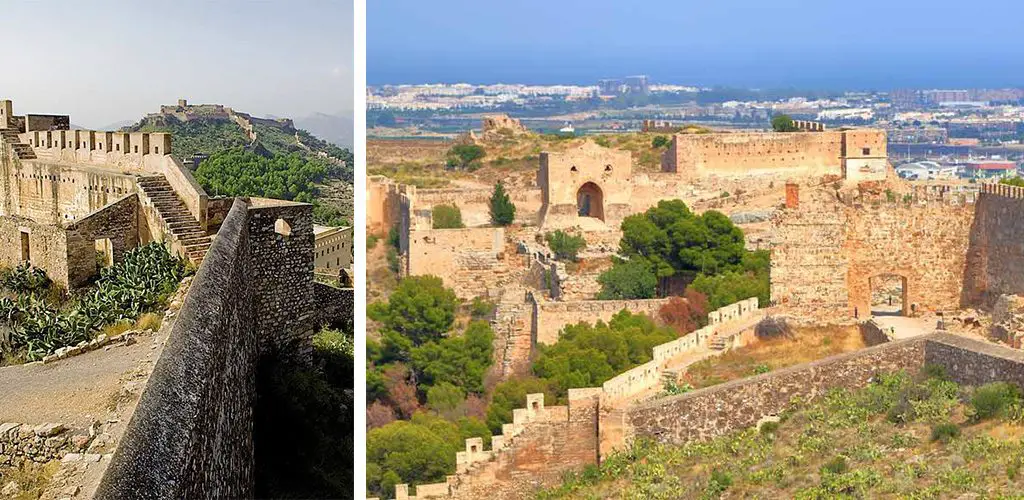
Sagunto Castle
Perched over the northern Valencian plains,
Sagunto Castle has been an impressive and historically important fortress for over 2000 years. Founded by the Greeks, it was then sacked by Hannibal, merged with the Roman empire and expanded under the rule of the Muslims. Containing a recently unearthed Roman amphitheater and forum, this huge hilltop castle will certainly be a highlight of any trip to Valencia. Further down the hill, the ancient city of Sagunto has an important archaeological museum and the winding streets of the old Jewish quarter still remain as they were since the 1400’s.
4. Hot springs Montanejos
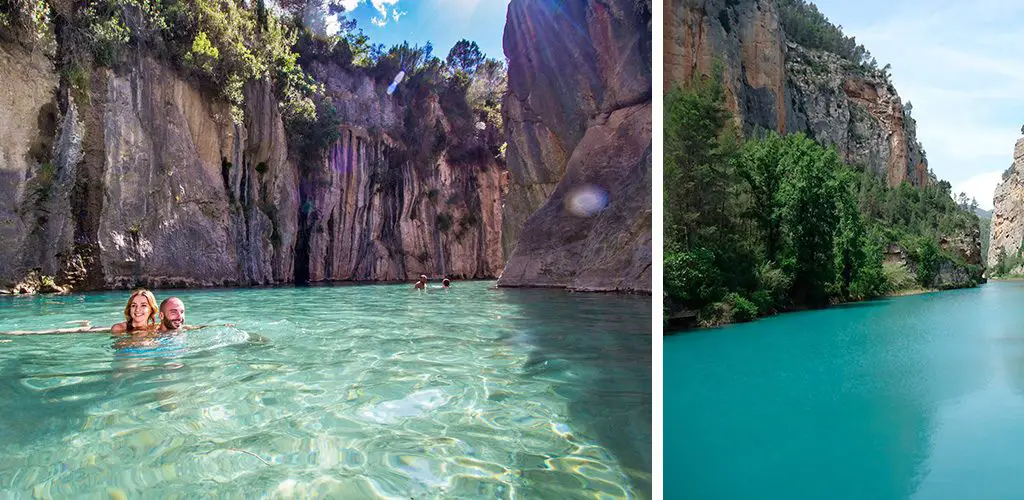
Montanejos Hot springs
Located 90 km from Valencia and 65 km from Teruel, the hot springs first became famous during the conquest of the Moors over 1000 years ago. At that time the hot springs were a favorite bathing area for the Moorish King and his harem (the water said to keep his women young and beautiful). The crystal waters of the lagoon bubble year round at a temperature of 25°C and are surrounded by spectacular cliffs and deep gorges. Take a dip in the
Montanejos hot springs and explore the lagoon (bring your snorkel!), see the fish and discover the hidden caves. The braver ones can jump off adjacent cliffs right into the deepest part of the lagoon and make a real splash. Access by public transportation is difficult. For this location
car rental is recommended.
5. Peníscola Castle
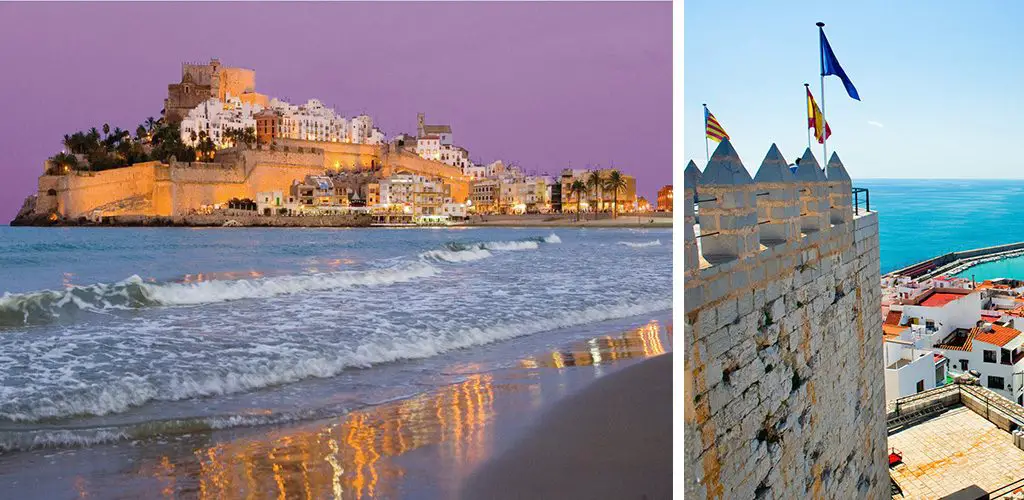
Peníscola Castle
Often called the “Gibraltar of Valencia,”
Peníscola castle rises fantastically out of the sea. Used frequently in films and television as a medieval backdrop, visiting Peníscola is an astounding excursion back in time. Known locally as “The City in the Sea”, Peníscola is a fortified seaport with a lighthouse, built on a rocky peninsula 67 m high and joined to the mainland only by a narrow strip of land (in fact, the name Peníscola is derived from the Latin for peninsula). Its history goes back to the Iberians over 2000 years ago. Later the town became Phoenician, then Greek, was next captured by the Carthaginians and legend has it this is the place where Hannibal swore an oath that he would never be a friend of Rome. The present castle was built by the Knights Templar between 1294 and 1307 and from 1415 to 1423 it was the home of the Pope Benedict XIII. The castle is now a popular tourist attraction and the beaches next to the old city are well worth a visit. Peníscola is about 120 km north of Valencia and is accessible by motorway and public transport.
6. Albufera Natural Park
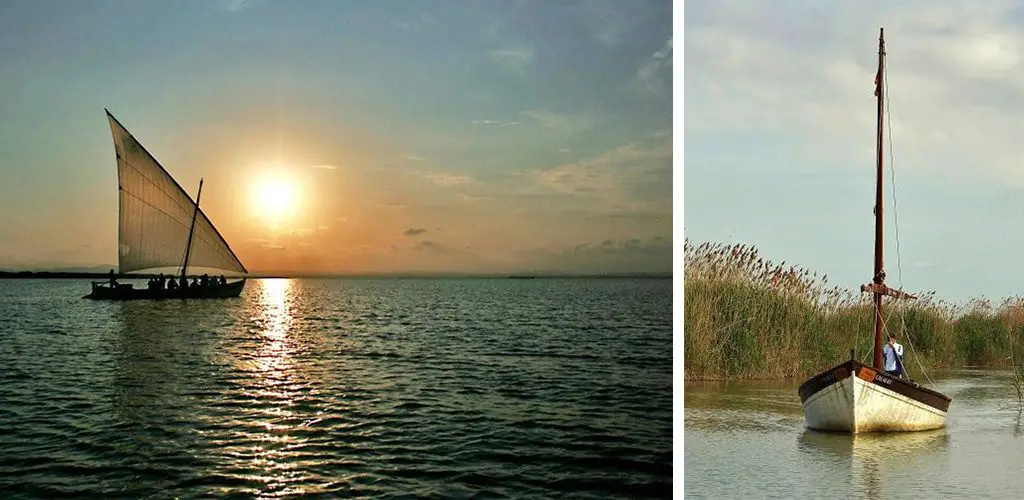
Albufera Natural Park
If you already enjoyed
Bioparc Valencia birds show then it’s time to see some of them in their real habitat. Historic home of the paella, this area boasts incredible natural beauty, boat rides and amazing restaurants all in one! The
Albufera has been a focus of Valencian agriculture for centuries. The Albufera is a giant lagoon beside the sea that is home to a huge variety of marsh-birds and other wildlife. The Moors drained over 90% of it (it used to reach all the way to the walls of the old city of Valencia) to develop their irrigation system still in use today. It was here in the marshlands where rice was grown that the paella, Spain’s most famous dish, was first invented. Come and enjoy a boat ride or sit by the beach and take in the sun. Easily accessible by public transport or by bike, a trip to Albufera promises a spectacular experience of nature….and great food!
7. Valley of Guadalest
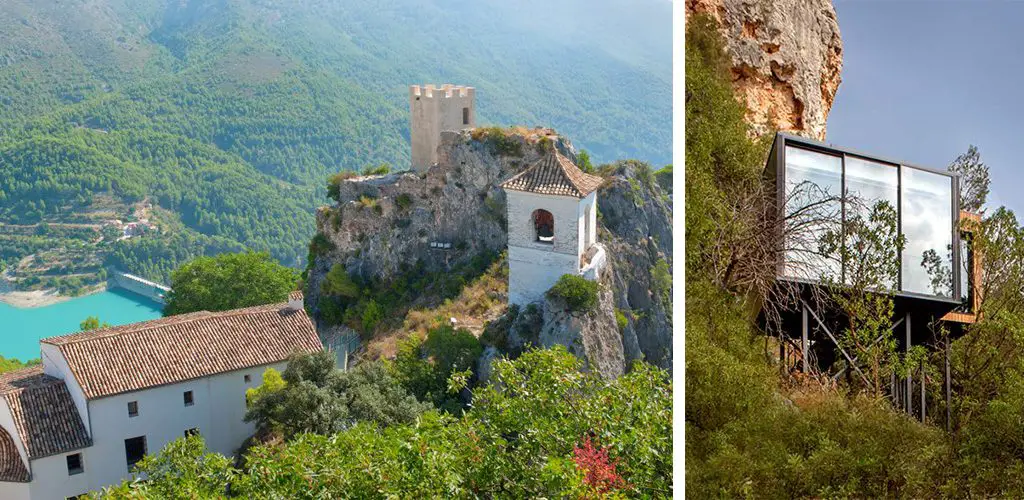
Valley of Guadalest
This impressive valley is a great spot for hiking and photography. The town of Guadalest and its castle already existed in Muslim times and was conquered by Christians in the middle of the 1200’s. The
castle of Guadalest itself was built by James II and is the focus of a number of Catholic festivals throughout the year including the Feast of San Gregorio and the Pilgramage of Gines in honour of Santa Aana, when people adorn traditional costumes and parade around the town. In addition the region boasts some unusual local cuisine such as rice with beans and turnips, the ‘mincho’, a stuffed pepper, rabbit with garlic, a baked pot of wheat called the ‘olleta’ and balls of corn, for example. The region is most easily accessible by car and make a great day or overnight trip.
8. Jávea
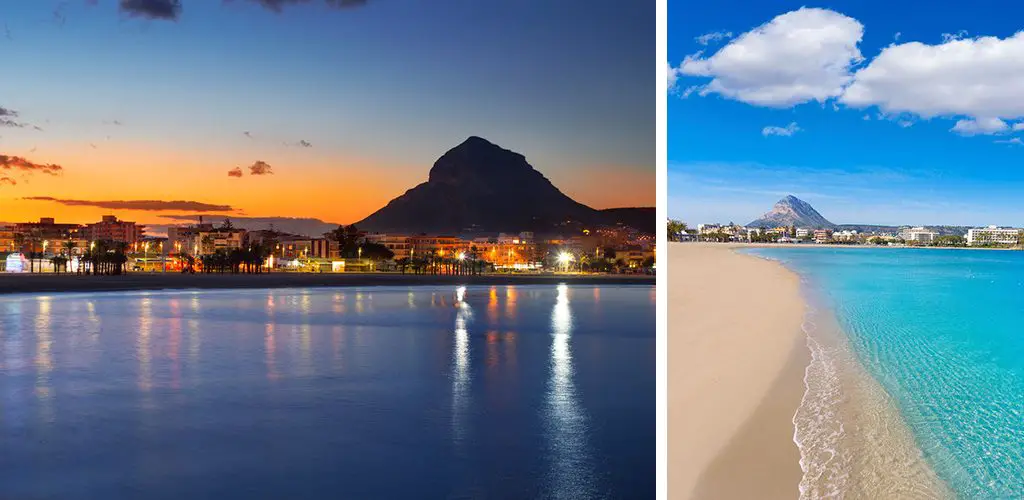
Javea
Jávea is a coastal town in the in the province of Alicante, famous for its world-class beaches, great diving and excellent restaurants.. Situated behind a wide bay and sheltered between two rocky headlands, the town has become a very popular seaside resort and market town. Half of its resident population and over two thirds of its annual visitors are foreigners. The area was first inhabited in prehistoric times, 30,000 years ago by cave dwellers. Subsequent residents have included Stone and Bronze-age peoples, Romans, Greeks, Phoenicians, Visigoths, Germanic, Carthaginians and Moors. Roman fishing boats used the port over 2000 years ago, and there is evidence that dates the Roman occupation of Jávea to the 2nd century BC, which makes it the oldest known Roman site on the Spanish coast. Come and enjoy the incredible beach and fantastic scenery. The mojitos are waiting.
9. Cala Granadella Beach
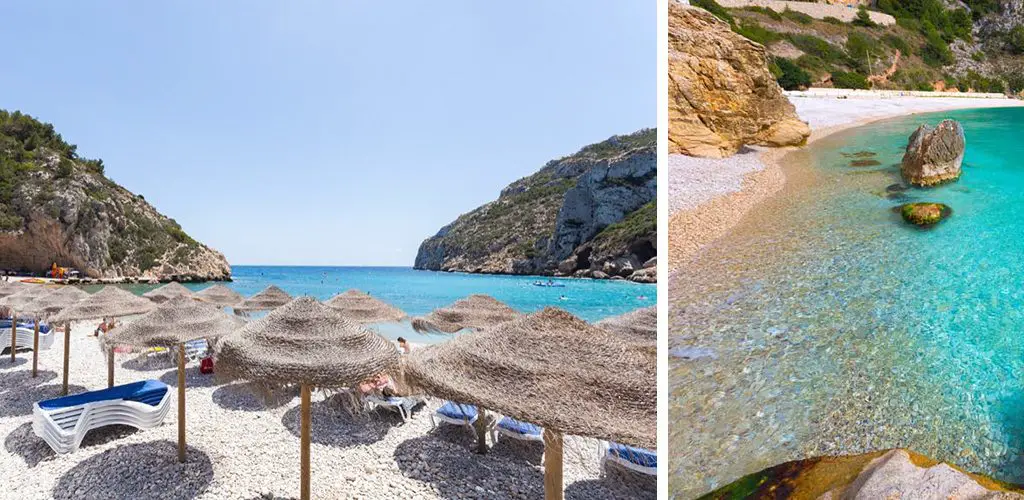
Cala Granadella Beach
Granadella beach is a gravel beach situated in a secluded cove near Jávea. Voted two consecutive years as the best beach in Spain, it is isolated and beautiful and accessible only by car. Well known for cliff-diving
scuba diving and snorkeling, the beauty of the waters of Grandella beach are admired by all who visit. The cove is serviced by three restaurants. A visit to Granadella beach is one of the best
things to do in Valencia community.
10. Benitachell Beach
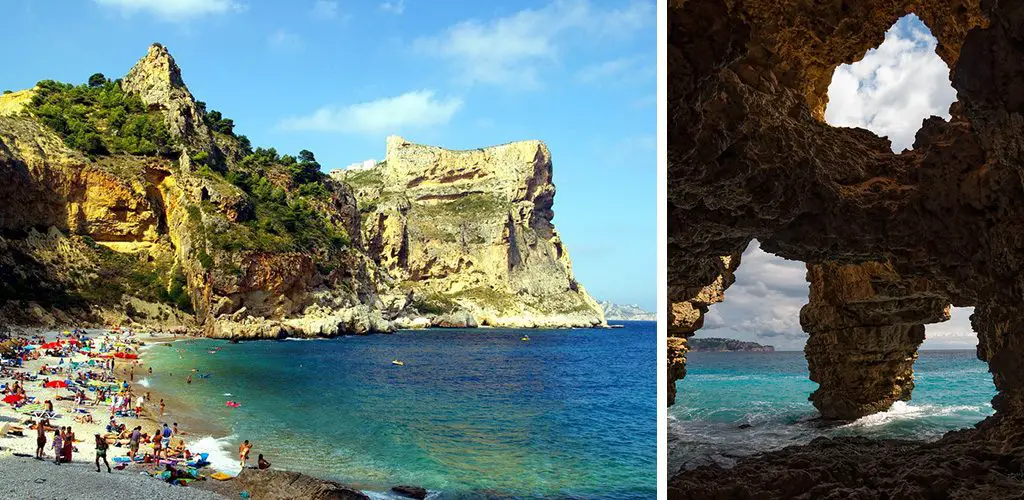
Benitachell Beach
Benitachell beach is located on a majestic and broken coast with cliffs that reach in some points 100 meters above the sea level. It’s a perfect place for diving enthusiasts who discover the attractive and interesting caves as well as offering a clean gravel beach. The transparent waters off Benitachell beach are a swimmers delight. Nestled between cliffs it has no buildings on the beach front, retaining its sense of unspoiled natural beauty. The beach is accessible by car and has nearby parking available.
11. Peñón de Ifach (Calpe) Natural Park
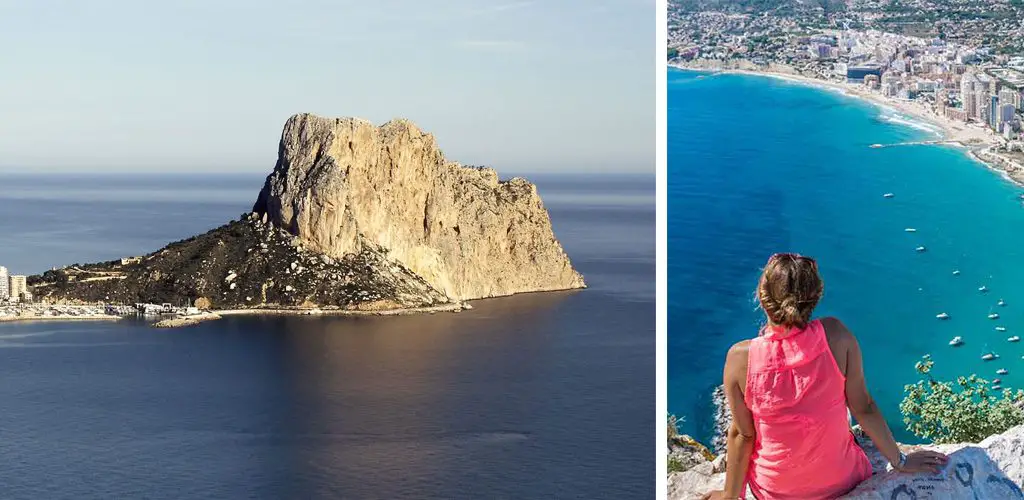
Peñón de Ifach Natural Park
The massive seaside peninsula rises like a monolith off the coast south of Jávea. This impressive landmark is one of the last foothills of the Béticas mountain range and reaches a height of 332 meters. Descending abruptly into the sea this great rock was used by early mapmakers when triangulating the size of Spain. From the top it’s possible to see the island of Formentera. Parque Natural del Peñón features an abundance of vegetation and fauna including thyme, Valencian horseshoe tail, and over 80 different species of bird! See nesting, migratory and wandering birds or catch a glimpse of the Eleonor falcon. Find Cormorán moths, starlings, raptors and gulls making their nests in the nooks and crevasses of the sunny southern wall. Surrounding the rock are excellent diving opportunities and great beaches. Climb the epic rock and experience one of the best places outside Valencia!
12. Morella
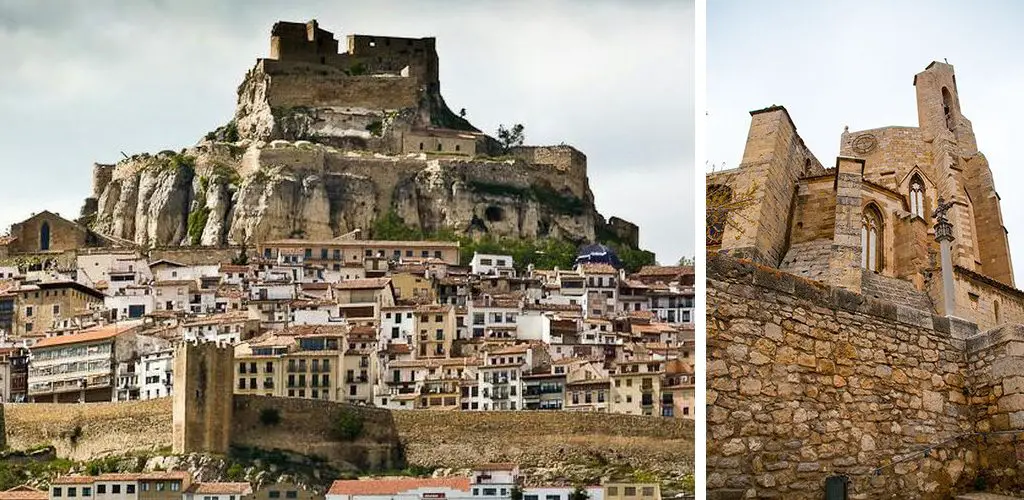
Morella
Listed as one of the most beautiful towns in Spain,
Morella is an ancient walled city located on a hill-top in the province of Castellón in the Valencian Community, Spain. Here can be found traces of settlements by the Iberians, Greeks, Romans, Visigoths and Moors stretching back 2500 years. Prehistoric remains in the area include cave paintings and Bronze Age burial sites at Hostal Nou. The Greeks established a treasury at Morella, and then the area became the scene of conflict between Carthaginians and the Roman Empire during the Punic Wars before it was Romanised. The Moors took the town in 714, naming it Maurela before it became Christain again during the reconquest of 1238. Morella is now a tourist destination, with many historic buildings, hotels and restaurants. Come and sample one of the typical gastronomic products Morella is known for such as flaons, a savory pastry dish. Local bakeries are also renowned for a number of other traditional pastries and sweets like mantecadas, an ancient kind of pound cake. Some of the top sights to see in Morella are the Castillo de Morella (Morella Castle), the aqueduct, La Iglesia de Santa María Morella (Saint Mary’s Church), Convento de San Francesc Morella (St. Francis’ Convent) and the Morella Museo Temps de Dinosaurs (Time of the Dinosaurs Museum). Wool and woolen goods still play an important part in the local economy. One of its most famous products is the uniquely designed Morella blanket, which has a range of color combinations and horizontal stripes. Agriculture, especially poultry and pig production are also important in the surrounding area.with craft products and highly valued black truffles still traded at seasonal markets during the winter. A trip here is well worth it. It’s well worth
renting a car and taking a journey here.
13. Chulilla Ruta de los Puentes Colgantes
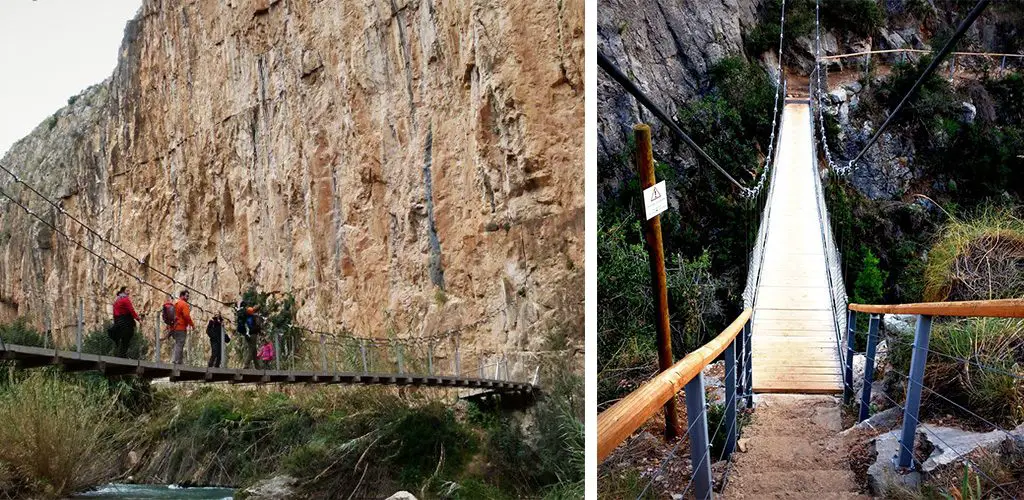
Chulilla Ruta de los Puentes Colgantes
Visit this spectacular hiking route which is located near the town of
Requena in the mountains 40 km from Valencia. This incredible hiking route features walkways built into cliff faces, suspension bridges and crystal clear pools. You can also see paleolithic rock paintings along the route as well. This stupendous hiking trail is one of the best places outside Valencia.
14. Aqualandia Benidorm
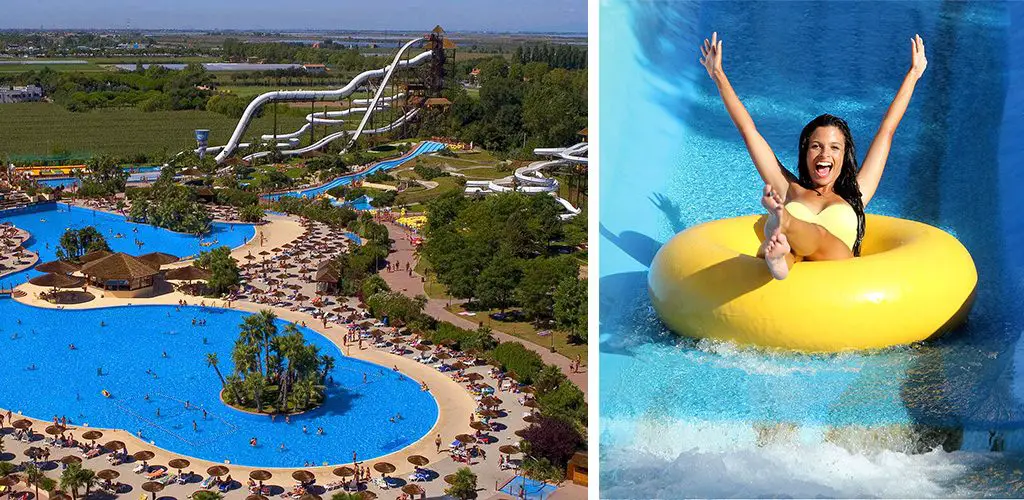
Aqualandia Benidorm
Just outside of Benidorm on the Costa Blanca is
Aqualandia, an enormous water-park that contains water slides, swimming pools, river rapids and sunbathing areas. A great day out is guaranteed with a trip to this impressive water-park. You won’t want to leave! Make a splash!
15. Xativa Castle
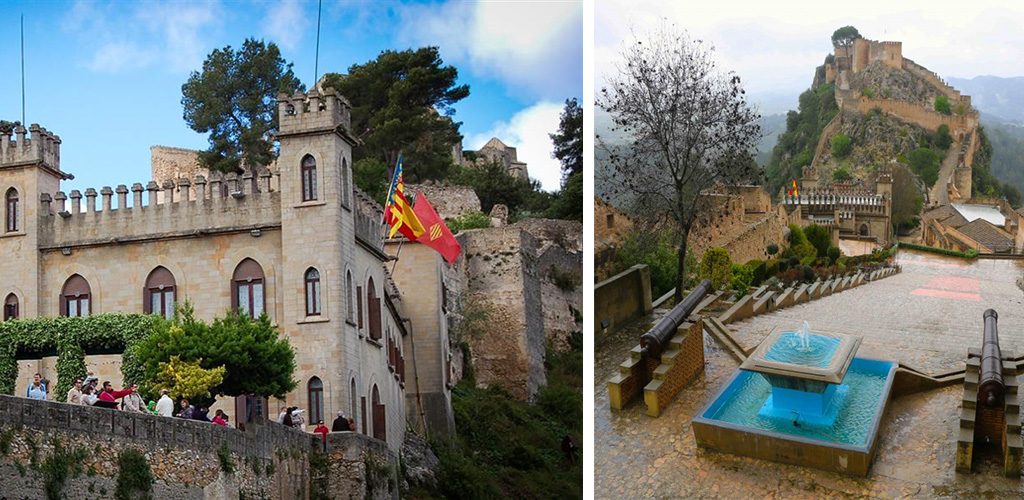
Xativa Castle
The
Castle of Xàtiva is a castle located in the city of Xàtiva near
Valencia Spain. It’s strategically located along the ancient route leading from Rome across the Pyrenees and all the way down the Mediterranean coast to Cartagena and Cádiz. In 1092, the castle fell into the hands of the Moors until King James I of Aragon recaptured it on 22 May 1244, following a five-month siege.It’s massive and beautiful battlements are a delight to explore and the view from the ramparts is breathtaking. A must-see for any history buffs or anyone who love castles.
16. Buñol ruta del Agua
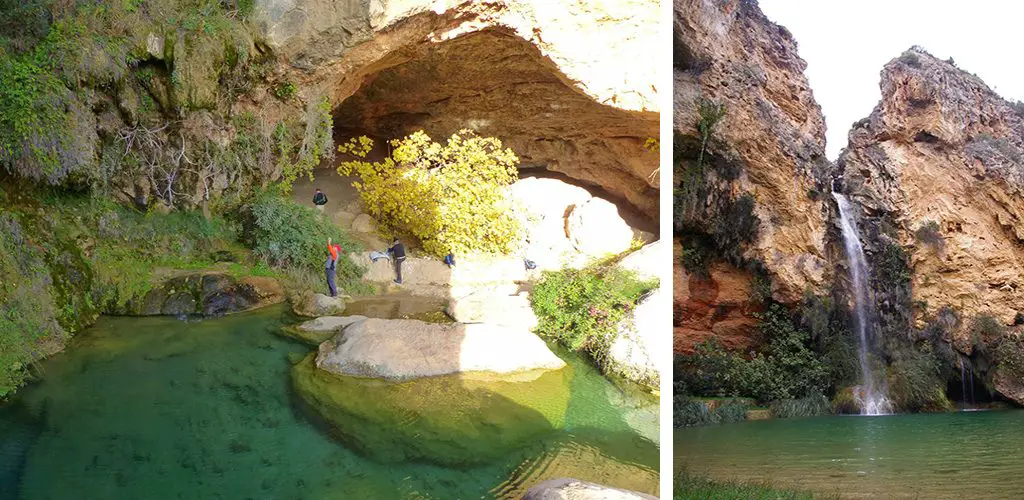
Buñol ruta del Agua
25 km east of Valencia is an incredibly scenic hiking route with caves to explore, pools to take refreshing dips into and ravines to explore. On the motorway from Valencia to Madrid the start of the route also has a famous lunch stop as well, serving paellas and other traditional tapas.
Buñol itself is the home of the famous Tomatina Festival (tomato throwing party!) and is an impressive medieval town in its own right with defensive walls and other historic fortifications.
17. Bocairent Village
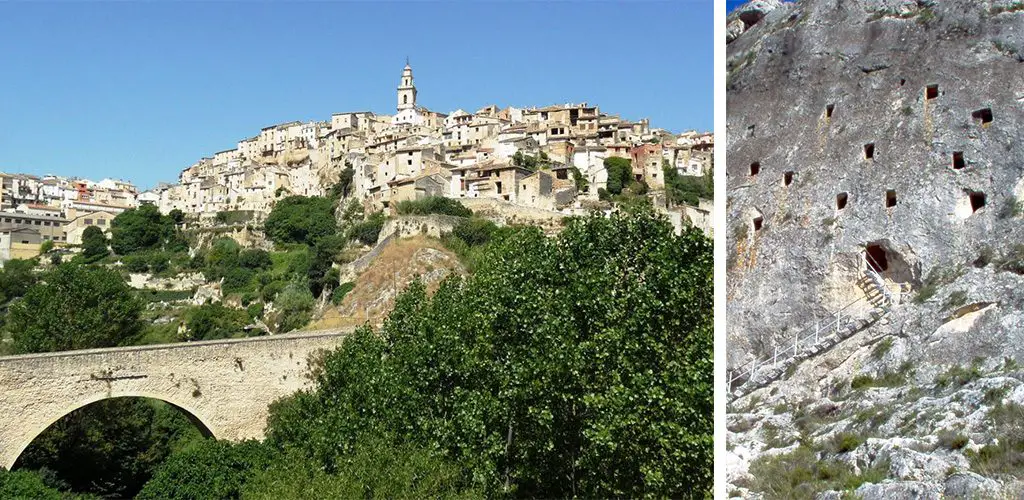
Bocairent Village
One of the best things to do outside of Valencia is to visit the medieval village of Bocairent which sits on the top of hill and is comprised of a network of steep and twisted streets. This hill fortress town, 100 km south of Valencia is beautifully preserved and was declared a Historic Artistic Complex by the Spanish government is recognition of its exceptional historic importance. The streets of the medieval quarter are narrow and winding and many of the houses are perched upon the rock of the hill itself. At the top is the Parish Church of the Assumption of Our Lady and the re mains of a 16th Century castle. The curved streets and blind alleys are structures of Islamic origin from 1000 years ago and the view from the top is impressive.
18. Cullera Castle
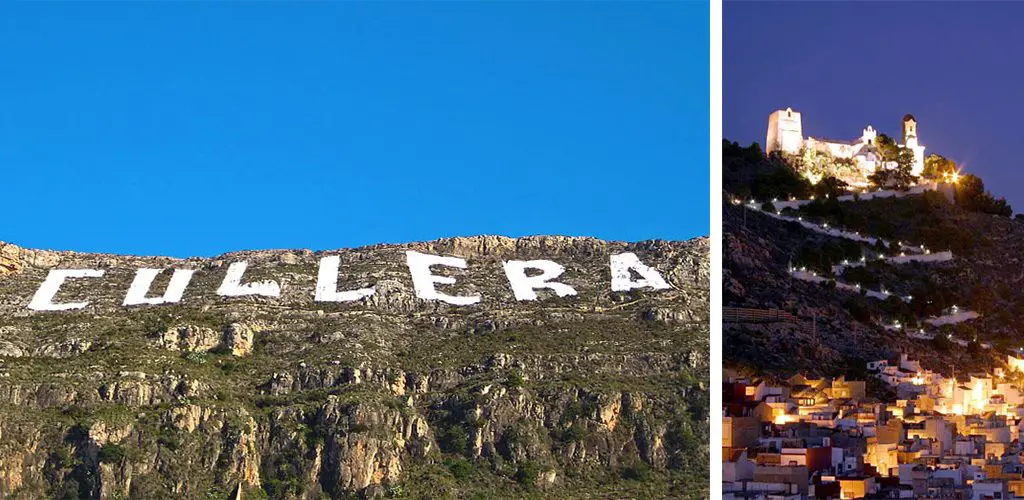
Cullera Castle
At the top of a mountain overlooking the sea stands
Cullera Castle, a short train ride from Valencia south along the coast. The current fortress was built in the 13th century over an old Moorish fortress. Climb the old towers that formed part of the old walled area on the mountain and take in the tremendous view of the beach resort below. Great beaches, views of the Med and an ancient castle, who could ask for more?
19. The Palace of Gandía
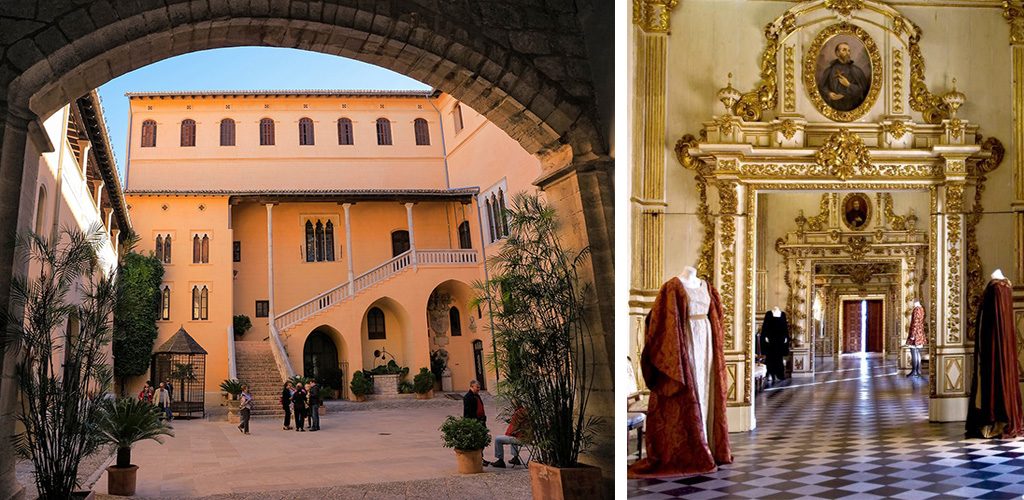
Ducal Palace
The most important monument of the city of Gandía is the
Ducal Palace. It’s easy to visit by taking an hour-long train ride from Valencia. This important example of Valencian civil Gothic architecture and holiday house of San Francisco de Borja, its highlights include the Patio de Armas, and the Gothic and Golden Galleries. The Palace of Gandía, built in the 1400’s, is considered one of the most important mansions of the Crown of Aragon…and when you are done, the nearby beach awaits!
20. Lagunas de La Mata y Torrevieja Natural Park
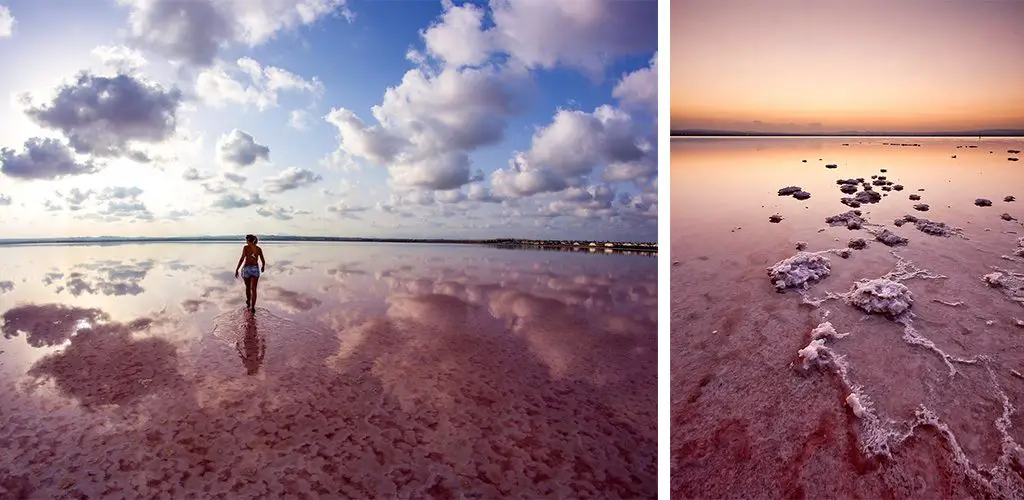
Lagunas de La Mata y Torrevieja Natural Park
The lagoons of Mata and Torrevieja are a natural park in the province of Alicante 120 km south of Valencia. There are two main lagoons, the saline Torrevieja, La Mata, located 1.5 km to the northeast. A series of rivers from the Sierra de San Miguel de Salinas feed the lagoons which support a wide variety of exotic bird species. One of the star species of the park are the flamenco, which gather in flocks of around 2,000 during the breeding season. Also important is the presence of the black-eyed zampull with up to 3,000 specimens, as well as cigüeñuela, the white jar, the harrier, cenizo, the avoceta, the common tern, the charrancito and the caraway. For bird watchers, natural photographers or lovers of nature. A trip to the Lagoons is a pleasure.
Visits to all 20 of these places is made easier by
renting a car from our portal, a straightforward and often more economical affair than taking public transport, especially when time is in short supply. We compare all major car rental companies to find you the best deals & discounts in Valencia.





















